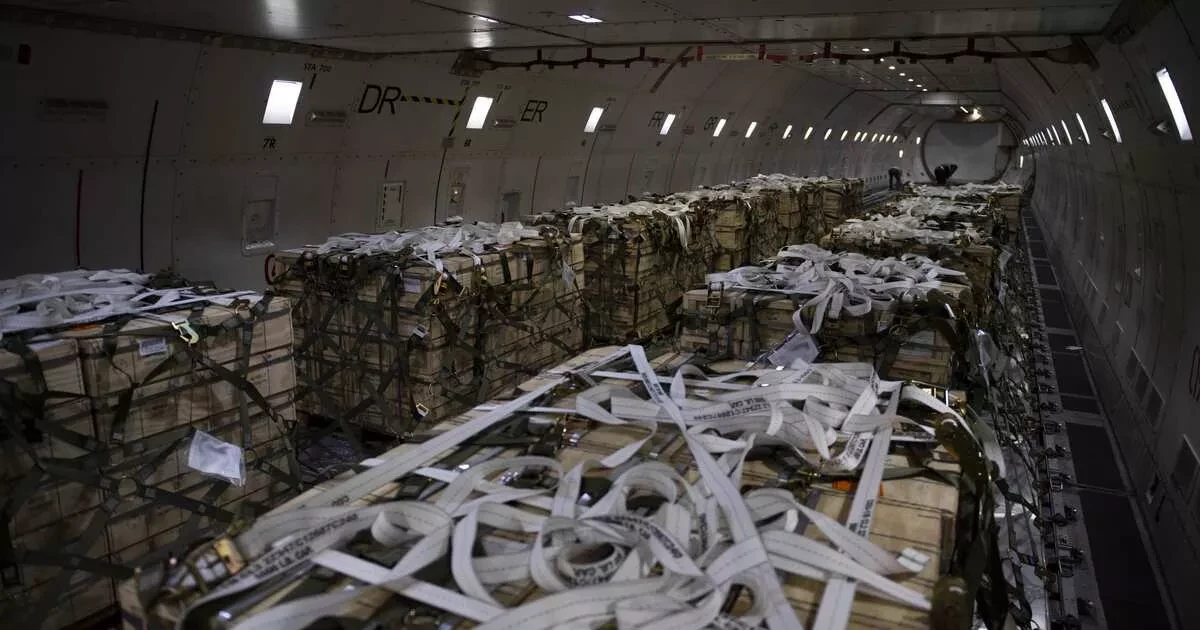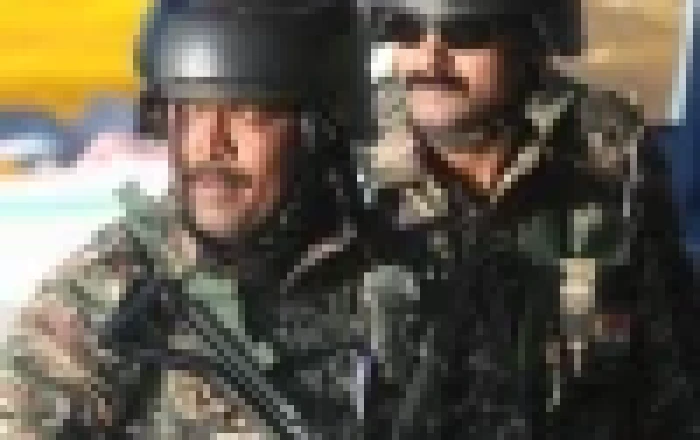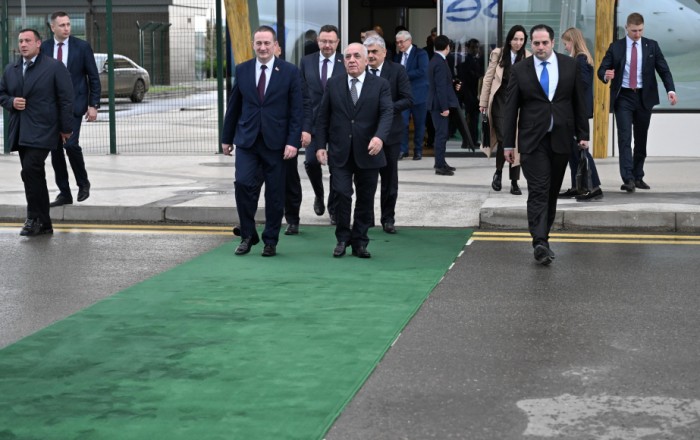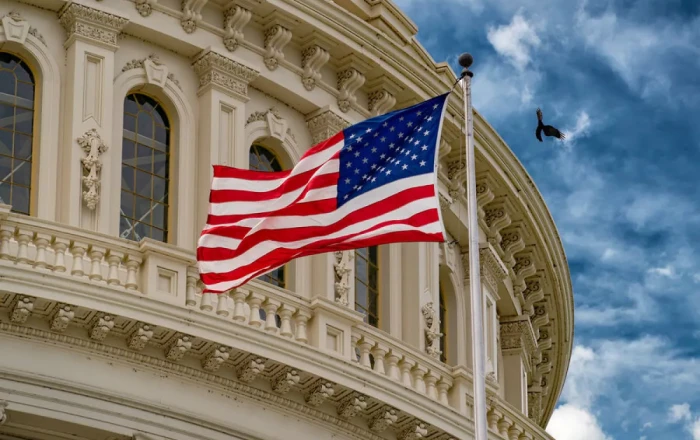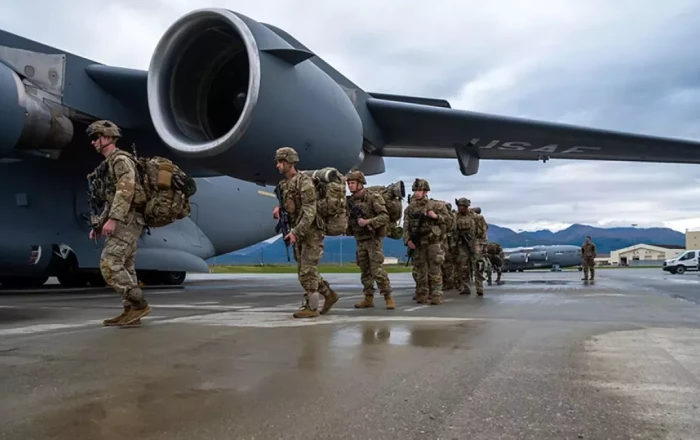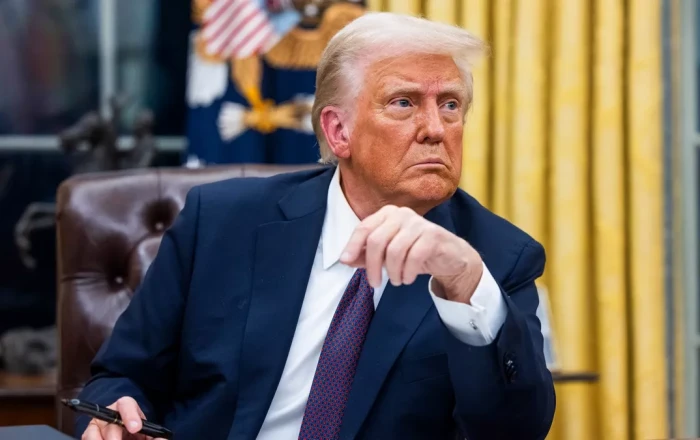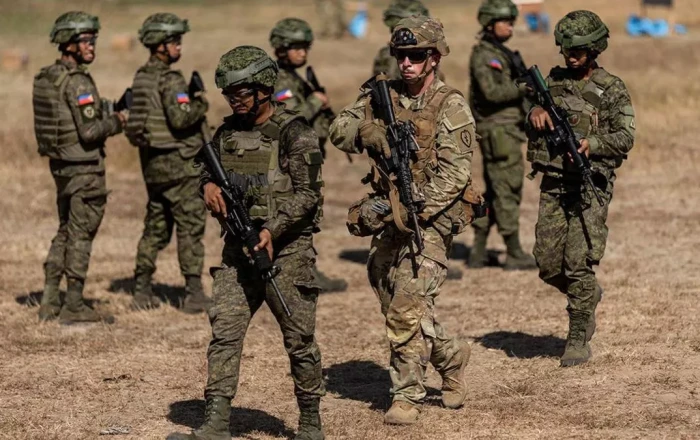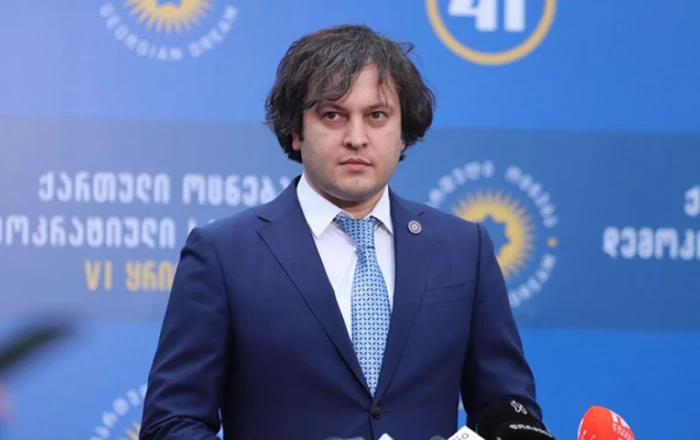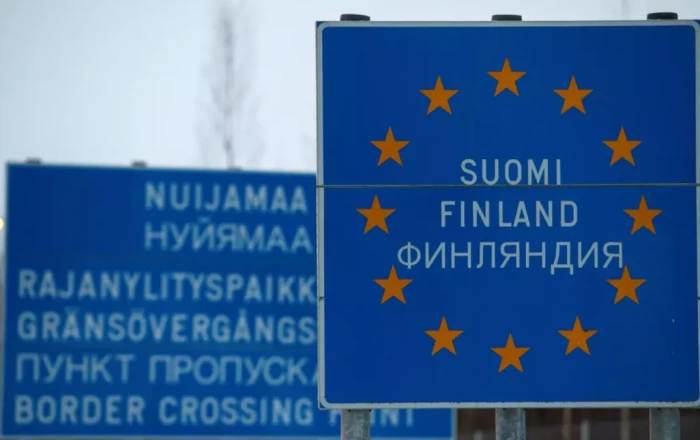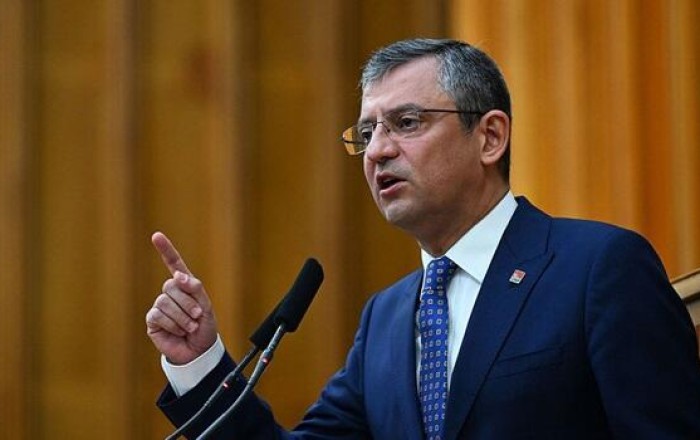Reuters has revealed new details about a brief but disruptive halt in U.S. military aid to Ukraine that occurred shortly after Donald Trump began his second term as president, exposing internal confusion and policy disarray within the administration.
Just a week into Donald Trump's second term, the U.S. military abruptly halted 11 arms shipments bound for Ukraine, causing confusion in Washington, Kyiv, and among U.S. allies in Europe. The decision, issued verbally by Defence Secretary Pete Hegseth's office, temporarily blocked flights carrying artillery shells and other weaponry from Dover Air Force Base in Delaware and Al Udeid Air Base in the UAE.
According to U.S. Transportation Command (known as TRANSCOM) records reviewed by Reuters, the flights were suspended without coordination with top national security officials in the White House, Pentagon, or State Department, all of whom were initially unaware of the order. The pause followed a January 30 Oval Office meeting where Trump and senior officials, including Hegseth, discussed Ukraine policy. Although the idea of stopping aid arose, Trump issued no formal directive.
Despite White House claims that Hegseth was following a presidential directive, officials familiar with the meeting say Trump was unaware of the halt, and the order was quickly reversed within days. The disruption cost TRANSCOM between $1.6 million and $2.2 million.
Five sources confirmed the multi-day suspension, which sowed confusion in Ukraine and Poland. Ukrainian officials struggled to get answers, and the administration later cited “internal politics.” The delayed shipments had been approved under the Biden administration and authorised by Congress, with most routed through a logistics hub in Poland.
Reuters reported that the suspension reflects a disorganised policy environment inside the Trump administration, where inexperienced staff, internal rifts, and anti-interventionist sentiment influenced key decisions. Some of Hegseth’s advisers—many with no prior government experience—had pushed for pausing Ukraine aid to gain leverage in peace talks with Russia.
While some described the pause as merely logistical, its execution bypassed the usual interagency processes required for major shifts in foreign military assistance. National Security Adviser Mike Waltz, who was present at the January 30 meeting, is believed to have helped reverse the cancellations. Waltz was forced out in early May and is expected to be nominated as U.S. ambassador to the UN.
The incident occurred as Ukrainian forces were under pressure in eastern Ukraine and losing ground near Russia’s Kursk region. Some Trump aides, including envoy Keith Kellogg and adviser Steve Witkoff, were engaged in ceasefire negotiations, while other Pentagon staff quietly worked to scale back U.S. commitments to Kyiv. The split has deepened tensions both inside the administration and with European allies.
Though a formal suspension of Biden-era aid took effect on March 4, the February cancellations highlighted the internal struggle over Ukraine policy. The Trump administration has since resumed deliveries of previously approved aid but has yet to announce a new long-term strategy.
By Tamilla Hasanova
Source: caliber.az


